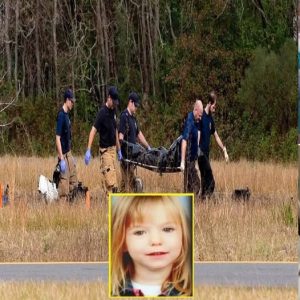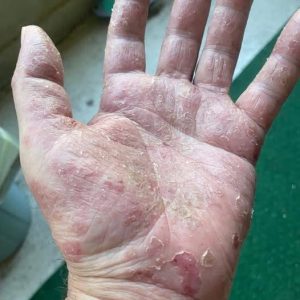When Emma the pig arrived at Apricot Lane Farm in California, she was in an extremely precarious state. Sick, weak, and heavily pregnant, she presented a serious challenge for the farm staff, who had little expectation that she would endure the pregnancy or labor. Veterinarians who examined her predicted that the best-case scenario would be for Emma to give birth to six piglets, and even that was considered a stroke of luck. Her frailty and the complications from her condition made the farm owner, Chester, anxious for her well-being, as the thought of losing her—and potentially the unborn piglets—loomed over the entire team. Every aspect of her arrival signaled that she would need constant care, medical attention, and an extraordinary amount of patience and hope to survive, highlighting the fragility of life and the unpredictability of nature.
As the night of her labor approached, tension and anticipation gripped the farm. Chester and his team prepared for the possibility of a difficult delivery, knowing that Emma’s strength had already been severely compromised. However, the events of that night defied all predictions. Emma went into labor and delivered not just the expected handful of piglets but an astonishing total of seventeen. Out of these, thirteen survived, which, while miraculous, still demanded immediate and careful intervention. The sheer number of newborns was physically taxing on Emma, who was already exhausted from her weakened condition. The prolonged labor took a toll on her body, and complications arose, including a dangerous fever that threatened her life. Chester faced a difficult choice: whether to separate the piglets temporarily to save them while risking Emma’s declining health, a decision that underscored the delicate balance between instinct, care, and survival in animal husbandry.
In a desperate attempt to preserve the piglets’ lives, Chester took them away from Emma so they could be fed and monitored closely. The plan, though well-intentioned, proved ineffective, as Emma’s condition continued to deteriorate without the presence of her offspring. Observing her weaken, Chester experienced the profound emotional weight of his responsibility—not only as a caretaker but as someone witnessing the suffering of a mother and her young. The situation highlighted the complex interdependence between a mother and her children, even in the animal world, and reminded everyone involved that the solutions to life-threatening crises are often not as straightforward as they seem. The sense of urgency, fear, and helplessness during this period amplified the stakes, as every decision had far-reaching consequences for both Emma and her piglets.
A turning point occurred when Chester decided to reunite Emma with her piglets, allowing her to nurse and care for them once more. The results were immediate and remarkable. Almost miraculously, Emma’s health began to improve, illustrating the profound instinctual bond between a mother and her offspring. Slowly, she regained the strength to stand, eat, and move around the pen, showing remarkable resilience and determination. Chester, reflecting on the events, acknowledged that while human intervention played a role, it was ultimately Emma’s natural calling as a mother that seemed to restore her. This moment underscored the idea that life, care, and recovery are deeply intertwined with purpose and instinct, and that sometimes the most powerful healing forces come from the very connection that initially appears most vulnerable.
Chester’s reflections on Emma’s story reveal a deeper philosophical and emotional insight into the nature of life, resilience, and purpose. He expressed that while humans can provide support, it is often the inherent drive to nurture, protect, and fulfill one’s natural role that sustains life in the most critical moments. In Emma’s case, her calling to be a mother became the very thing that saved her, turning what could have been a tragic outcome into a story of hope, perseverance, and miracle. Her experience serves as a powerful reminder of the extraordinary strength that lies within living beings and the unforeseen ways in which survival and purpose can emerge. Emma’s journey—from a fragile, ill, and endangered pig to a thriving mother surrounded by her piglets—illustrates that even in moments of extreme vulnerability, the innate drive to nurture and fulfill one’s role can become a lifeline, offering lessons about instinct, care, and the profound interconnectedness of life.





